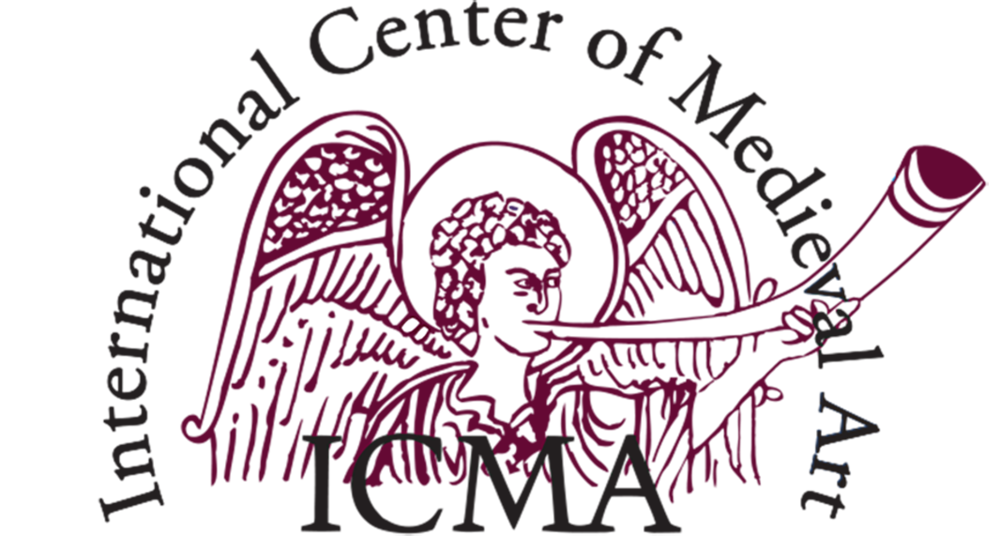The Mary Jaharis Center for Byzantine Art and Culture Lecture Series
Dialogue in Homilies and Hymns on the Annunciation: The Dynamics of a Divine Encounter
Mary B. Cunningham, University of Nottingham
1 March 2023, 12:00-1:30 PM ET (Zoom)
Mosaic Icon of the Annunciation, ca. 1320, Victoria and Albert Museum, London (7231-1860). Image: Victoria and Albert Museum (https://collections.vam.ac.uk/item/O93208/the-annunciation-mosaic-unknown/).
The story of the Annunciation of the archangel Gabriel to the Virgin Mary is first recounted in the Gospel of Luke 1: 26-38. The event was formally adopted as a major feast in the Eastern Church, celebrated on 25 March (nine months before Christmas) in 560, during the reign of the Emperor Justinian. Homilies and hymns on the Annunciation were composed long before this date, however, not always in association with the feast. These texts build on Luke’s narrative, describing Mary as the ‘Second Eve’ who overturned the disobedience of her first ancestor by consenting to God’s will and conceiving Christ, the Son of God. They celebrate the event as the inauguration of the new dispensation, which will bring salvation to humanity and the rest of creation. Further elaboration, which appears especially in homilies – but later also in hymns – on the Annunciation, can be seen in the invention of dialogues between Gabriel and Mary or Mary and Joseph. These serve not only to convey the doctrine of the incarnation to audiences, but also to illustrate the Virgin’s human condition. She expresses shock and doubt at her first encounter with the archangel, but gradually accepts his message of salvation. This lecture will examine variations in liturgical writers’ handling of the issues of free will, gender, and Marian devotion in Byzantine homilies and hymns on the Annunciation. It will be illustrated by images of the scene, including in icons, manuscript illustrations, and monumental art.
Dr Mary Cunningham is Honorary Associate Professor of Historical Theology at the University of Nottingham. She has published books and articles on the Virgin Mary in Byzantium, homiletics, and hymnography. Dr Cunningham’s latest monograph is The Virgin Mary in Byzantium, c. 400-1000. Hymns, Homilies, and Hagiography (Cambridge University Press, 2021). She is currently working on a translation and commentary of two ninth-century Lives, one of which concerns the Virgin Mary.
This lecture will take place live on Zoom, followed by a question and answer period. Please register to receive the Zoom link.
For the poster, click here.

